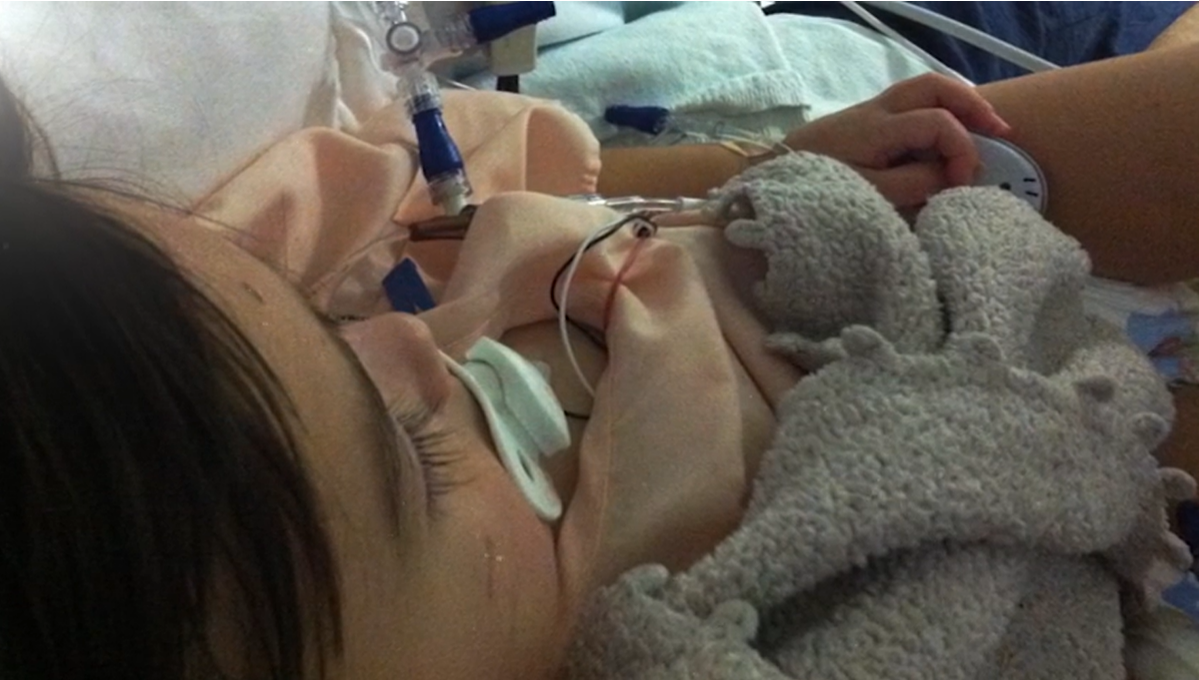
The following content is created in partnership with Memorial Healthcare System. It does not reflect the work or opinions of NBC Miami's editorial staff. Click here to learn more about Memorial Healthcare System.
There’s a movie in which two cops find themselves in a car chase, catapulting from a highway, through an actual office building, and then leaping back onto the road. In another film, a fireman winds up in an exploding warehouse while dangling from a catwalk (which itself also happens to be dangling). And in one episode of a one-time popular TV show, a lifeguard has to leap off a high bridge to rescue a girl drowning in the bay below.
In Hollywood portrayals of everyday heroes, emergency workers often come face-to-face with high drama—but often come out with low-level injury or no injury at all. Real-life emergency workers, though, often have a tougher time. Much-less dramatic real-life scenes can generate considerable damage: foot chases bring sprained ankles; breaking down doors displace shoulders; falls break bones; fires cause burns and smoke inhalation.
So just what are typical injuries for emergency workers and how do they happen? And, more importantly, how do doctors treat them?
Policemen
Police officers have a higher risk of getting injured on the job than workers in most other professions, according to the Bureau of Labor Statistics. At the extreme, police can sustain severe injuries like stab and gunshot wounds, traumatic brain injury, and exposure to infectious diseases like Hepatitis B and HIV. On the less severe side, officers may find themselves burdened with broken bones, overexertion (strains and sprains), repetitive motion, and musculoskeletal injuries. It’s all in the line of duty, which may include lifting victims or perpetrators, running after criminals, and breaking down doors. Plus, police officers may find themselves hurt in transportation accidents.
Firefighters
While burns account for some injures, firefighting gear tends to protect firemen from the fire. It’s sprains, strains, and other muscular injuries, actually, that are most common to the profession. As one fire chief told Wisconsin’s The Journal Times, “A professional athlete has half an hour to warm up before he has to go out and work. A lot of times we don’t have the luxury.” In that vein, one of the most typical injuries come from lifting heavy loads during rescues. (Some good news: 58,835 firefighter injuries occurred in the line of duty in 2017, the lowest number since the National Fire Protection Association began analyzing this data in 1981.)
Health
E.M.T.’s/Paramedics
Emergency Medical Technicians (EMTs) have to lift and carry lots of patients, sometimes heavy ones. Work like this often leads to body motion injuries—those caused by excessive physical effort and strained posture (many of these being back and neck sprains and strains). In fact, this type of injury is most common among EMTs at more than above 25 percent, according to EMS1.com. Then, after exposure to toxic substances, slips, trips, and falls follow at over 15 percent.
Treatment
For emergency workers who suffer less severe injuries—strains, sprains, falls, etc.—self-care may fit the bill. That kind of therapy can be as simple applying heat and/or cold, taking anti-inflammatories, and doing stretches. When medicine need to intervene, there are a great deal of tools in a doctor’s medical bag. For sprains, compression and physical therapy can set things right. For muscle tears, cortisone shots, and physical therapy can heal. And for nearly all such injuries—in serious cases—doctors can perform surgery, whether that be to repair ligaments or tendons.
Are you an injured emergency worker? With proper diagnosis, treatment, surgery and rehab, the Memorial Healthcare System gets you back to work and your daily home routine. Visit the Memorial Sports Medicine Center to learn more.



